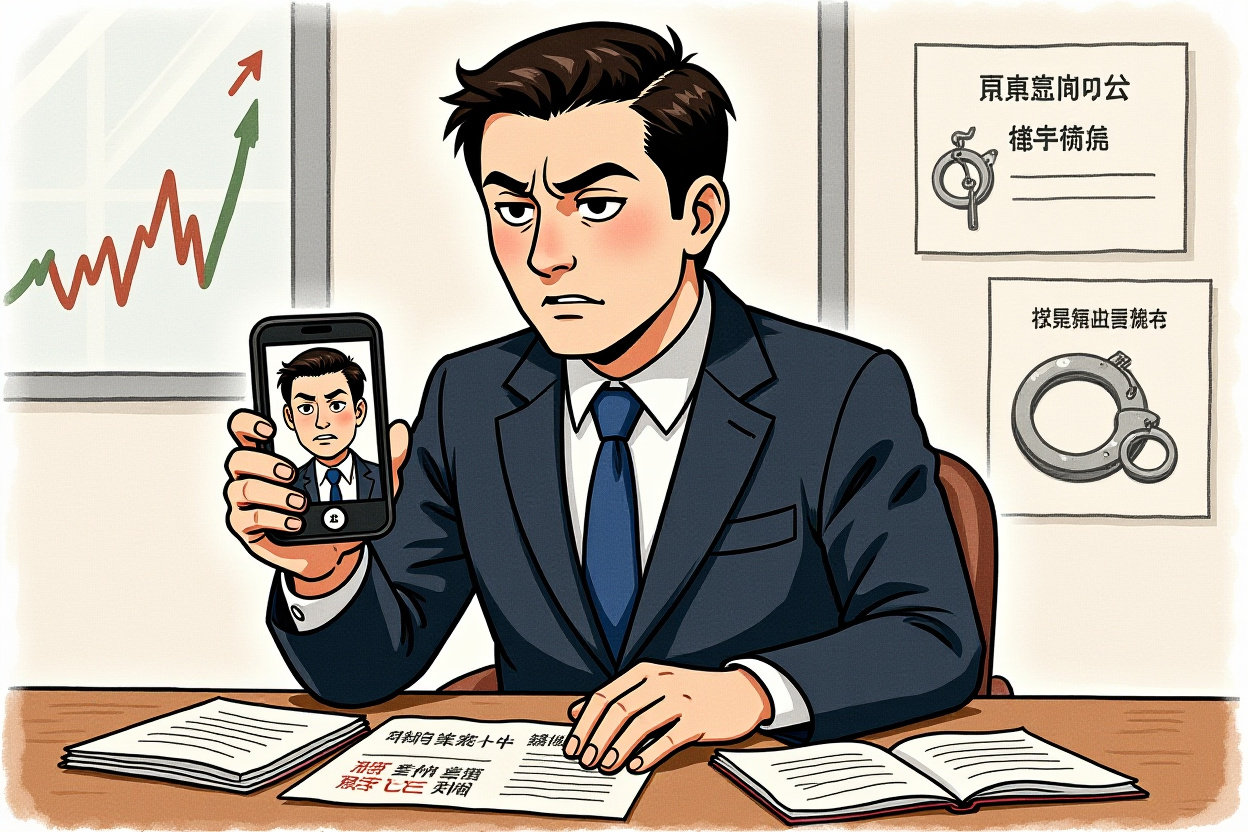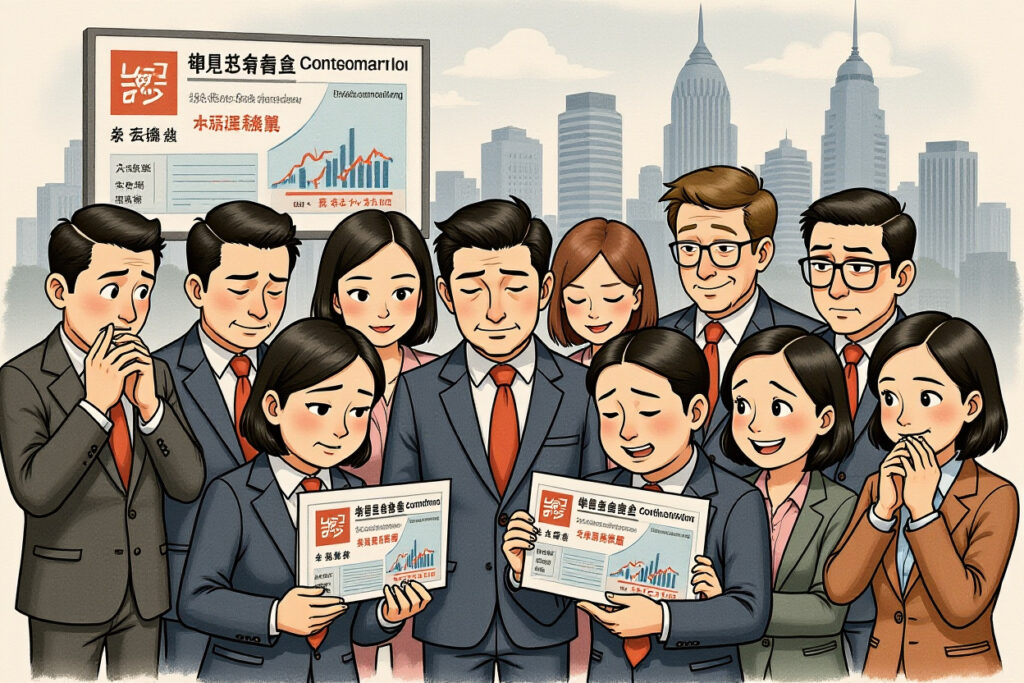From the pinnacle of wealth to the depths of legal scrutiny, the story of Jiangxi’s former richest man serves as a cautionary tale about the blurred lines between personal indulgence and corporate responsibility. When business leaders prioritize romantic relationships over shareholder interests, the consequences can be both financially devastating and legally perilous. This investigation uncovers how one man’s empire began crumbling when authorities discovered alleged misuse of company funds for personal gain. The case sheds light on the darker side of corporate governance in China’s booming pharmaceutical sector and raises important questions about regulatory oversight in rapidly expanding markets. What begins as a story of spectacular success often ends with handcuffs and courtroom appearances, reminding us that no amount of wealth can bypass proper legal and ethical standards. The rise and fall of this particular business magnate illustrates how quickly fortunes can change when personal desires override professional responsibilities. As we examine the details of this case, we discover multiple layers of financial manipulation, questionable partnerships, and ultimately, the price of putting personal relationships before corporate integrity. The pharmaceutical industry, particularly blood products, became the unlikely backdrop for a drama that would eventually capture national attention and lead to serious legal consequences for all involved. This isn’t just about one man’s fall from grace—it’s about the systems that enable such behavior and the lessons we can learn about corporate accountability in modern China. The story begins with ambition, grows through innovation, but ultimately stumbles over the temptation to use shareholder money for personal pleasure. Through court documents, financial records, and insider accounts, we can piece together exactly how everything unraveled and what it means for investors moving forward. The pattern that emerges shows how power, when left unchecked, can corrupt even the most successful business leaders, turning admired entrepreneurs into defendants in criminal cases. As we trace the timeline from corporate success to legal failure, we see multiple warning signs that were ignored and multiple opportunities for course correction that were missed. The most tragic aspect might be how preventable the entire situation could have been with proper oversight and ethical leadership. Instead, shareholders watched their investments diminish while executives focused on personal relationships rather than corporate health. The following sections break down exactly what happened, how it happened, and what lessons other companies and investors can take from this unfortunate series of events. While the specific details are unique to this case, the underlying patterns of poor governance and misplaced priorities can be found in corporate scandals around the world. By understanding this particular instance in depth, we can better recognize similar situations before they escalate beyond repair. The pharmaceutical industry deserves particular attention given its importance to public health and the special responsibility companies in this sector bear toward ethical conduct. When medical companies engage in financial misconduct, the implications extend beyond shareholders to affect public trust in healthcare institutions themselves. This makes the story not just about financial regulation but about maintaining integrity in one of society’s most critical industries. Now, let’s examine how everything unfolded, starting with the key players and their relationships both professional and personal. The main characters in this drama each played specific roles that contributed to both the initial success and eventual downfall of the enterprise. Understanding their motivations and interactions helps explain why things developed as they did and what might have been done differently. From the founder to the financiers to the celebrity girlfriend, each person brought particular strengths and weaknesses to the situation that ultimately created the perfect storm of corporate misconduct. The timeline itself shows how gradual compromises eventually led to major violations, demonstrating how important it is to maintain standards from the very beginning rather than allowing small exceptions to become standard practice. What might have seemed like minor ethical lapses eventually accumulated into significant legal problems that could have been avoided with consistent attention to proper governance. The financial mechanisms used to move funds and conceal activities reveal much about the sophistication of modern corporate wrongdoing and the challenges regulators face in detecting and preventing such behavior. Despite these challenges, the case also shows that proper investigation can uncover even complex schemes, providing hope that justice eventually prevails even in the most convoluted situations. For investors, the story offers important lessons about due diligence and the warning signs that might indicate deeper problems within a company’s leadership and culture. For regulators, it highlights areas where oversight might be strengthened to prevent similar situations in the future. For company leaders, it serves as a reminder that personal conduct inevitably affects professional standing and that the two cannot be separated no matter how much power or wealth one accumulates. Now, let’s look at the specific details that make this case both fascinating and instructive for anyone interested in business ethics and corporate governance.
Jiangxi’s Former Richest Man Accused of Misusing Shareholder Funds to Support Celebrity Girlfriend



